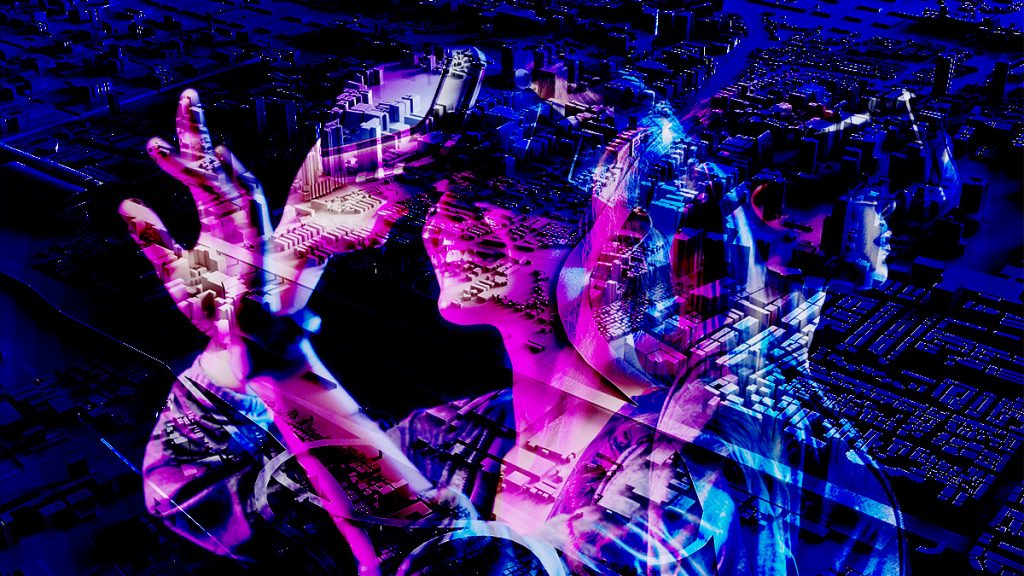
The automation of the building and architectural engineering industries has been significantly impacted by Mixed Reality (MR) technologies, which include both augmented reality (AR) and virtual reality (VR). In order to enable organic and intuitive 3D interactions between people, computers, and the environment, MR offers a fusion of the physical and digital worlds. These technologies enable access to information about construction projects digitally and link the physical and digital worlds, disrupting the previously tech-averse construction industry and bringing it into the digital age. But what happens when these MR technologies (MRTs) are made available for developing countries?
Pushing Forward and Exceeding
The integration of MRTs into the construction sector in developing countries may seem far-fetched, but if well executed, the outcome is outstanding and very promising.
Project Understanding
The advantages MRTs offer in enhancing project knowledge are what primarily drive their adoption in the construction sector. Construction projects can be virtually simulated and can have digital information superimposed on them, leading to a better understanding and visualization of the project. This offers a project environment with close-to-zero risk, and any problems that arise can be fixed virtually. Therefore, using MRTs enables the observation of various project phases, improving overall understanding and reducing project risks.
Overall Project Expenses
Using the recently developed digital twin approach, MRTs have the potential to digitally replicate construction projects. Project designs can be optimized to cut costs and lower the likelihood of human error by spotting and fixing issues in the virtual environment. Monitoring project progress is significantly facilitated by integrating the physical and digital worlds, enabling improvements to be made virtually and observed in real-time. The project can then be finished in the best way possible, producing better results at a lower cost.
Not All Rainbows and Sunshine
I’m not one to draw a biased picture. So, MRTs in construction are ideal, especially in developing countries as it cuts unnecessary cost and produces the best plans. But it is not without fault. The main one is the high initial investment, even if the private sector is footing the bill
Initial Capital Investment
Implementing MRTs in construction would require a significant number of expensive devices, such as HMDs due to the size and scope of construction projects in general. The cost of MR technology integration into a construction project would then rise as a result of the sizeable initial investment that would be required. With the limited resources available in developing nations, it is crucial to focus research and development (R&D) efforts on creating low-cost devices and technologies that cater to the specific needs of the Architectural Engineering and Construction industries.
Final Thoughts
As it stands, the use of MRTs in construction is a sound idea in theory, especially for developing countries. Mixed reality technologies improve project understanding, reduce overall project spending, and improve user experience, among other secondary benefits. However, it is not without a hefty initial cost. If the private sector is footing the bill, developing countries could gain an edge in the construction sector, mostly due to the untapped potential brimming there.
Inside Telecom provides you with an extensive list of content covering all aspects of the tech industry. Keep an eye on our Tech sections to stay informed and up-to-date with our daily articles.